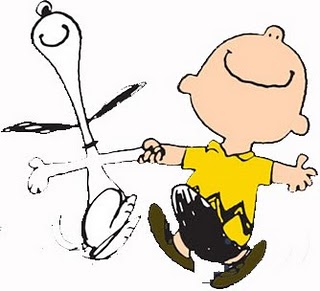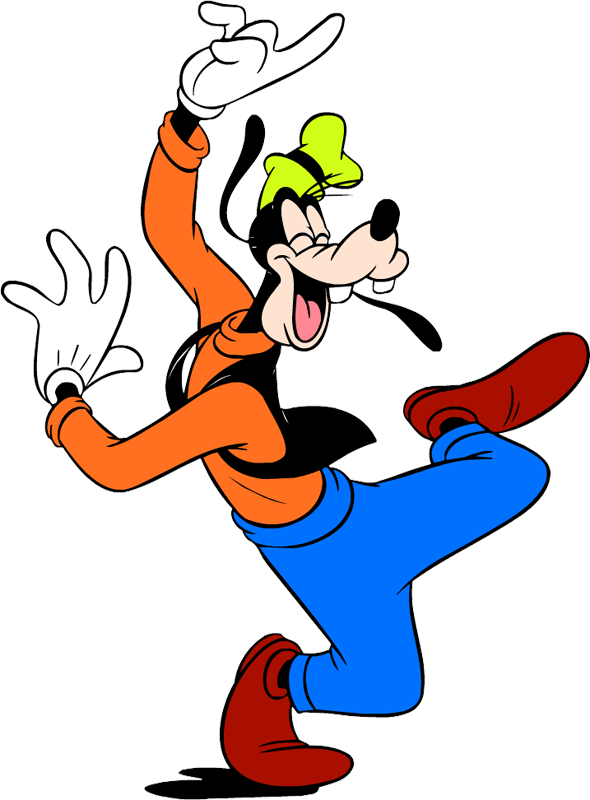

Stereotypes embodied in the stock characters of blackface minstrels not only played a significant role in cementing and proliferating racist images, attitudes, and perceptions worldwide, but also in popularizing black culture. The famous Dreadnought hoax involved the use of blackface and costume in order for a group of high profile authors to gain access to a Military vessel. After which, you are to take some baby brushes and wipe off the dirt to give your hands a polish." Later, black artists also performed in blackface. This to be repeated until thoroughly blackened. Then they must be cracked open and kept dry until you wet your hands and rub it on your face. According to a 1901 source: "Blackface is best prepared by burning an ordinary cork on some wood shavings for best texture, while storing it on some sheet iron to keep it clean. Early white performers in blackface used burnt cork and later greasepaint or shoe polish to blacken their skin and exaggerate their lips, often wearing woolly wigs, gloves, tailcoats, or ragged clothes to complete the transformation. In both the United States and Britain, blackface was most commonly used in the minstrel performance tradition, which it both predated and outlasted.

The Black and White Minstrel Show on television lasted until 1978. It was practised in Britain as well, surviving longer than in the U.S. The Dreadnought hoaxers in Abyssinian costumeīlackface was a performance tradition in the American theater for roughly 100 years beginning around 1830. 5.21.3 The Black and White Minstrel Show.5.3.1 Justin Trudeau blackface controversy.5.2.2 Christian traditions: Driekoningen.5.2.1 Christian traditions: Sinterklaas.5 Notable instances outside the United States.In the United States, blackface declined in popularity beginning in the 1940s and into the civil rights movement of the 1950s and 1960s, generally considered highly offensive, disrespectful, and racist by the turn of the 21st century, though the practice (or similar-looking ones) continues in other countries. Early in the 20th century, blackface branched off from the minstrel show and became a form in its own right. By the middle of the century, blackface minstrel shows had become a distinctive American artform, translating formal works such as opera into popular terms for a general audience. In the United States, the practice became common during the 19th century and contributed to the spread of racial stereotypes such as the "happy-go-lucky darky on the plantation" or the " dandified coon". West minstrel show poster, originally published by the Strobridge Litho Co., shows the transformation from a person of European descent to a caricature of a dark-skinned person of African descent.īlackface is a form of theatrical makeup used predominantly by non- Black people to portray a caricature of a Black person.


 0 kommentar(er)
0 kommentar(er)
